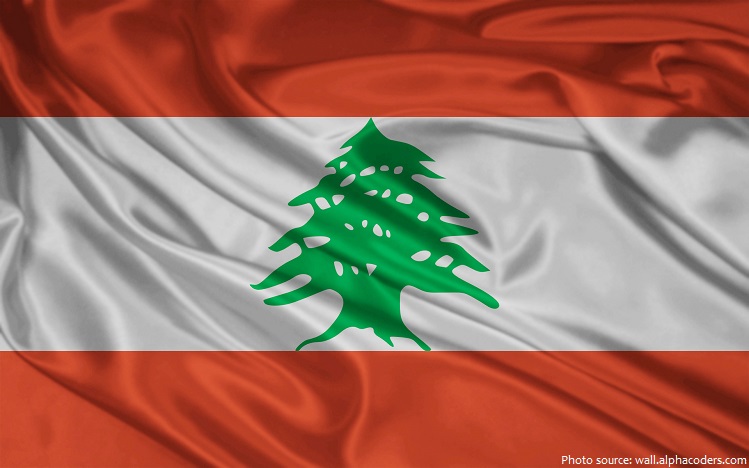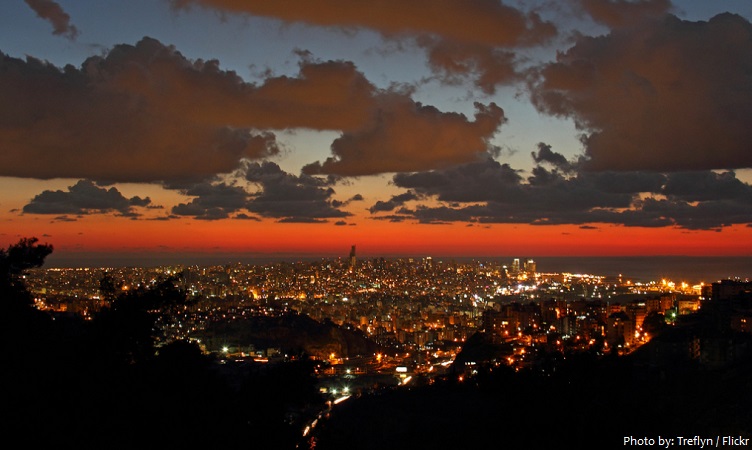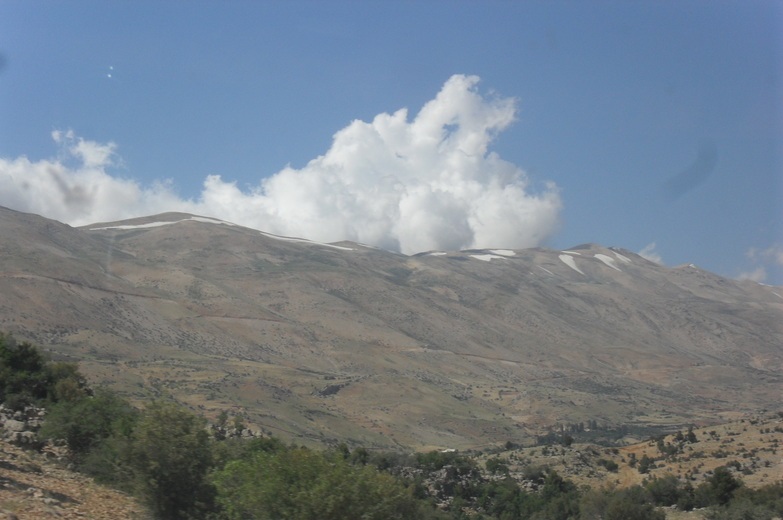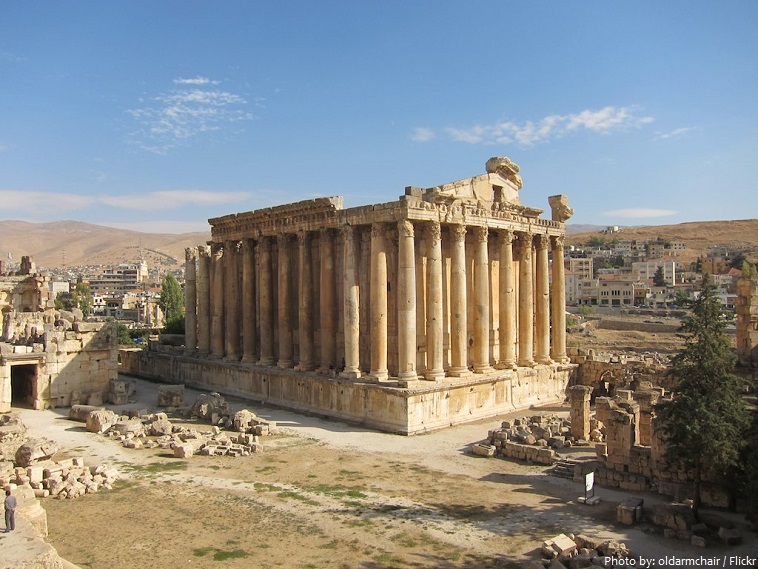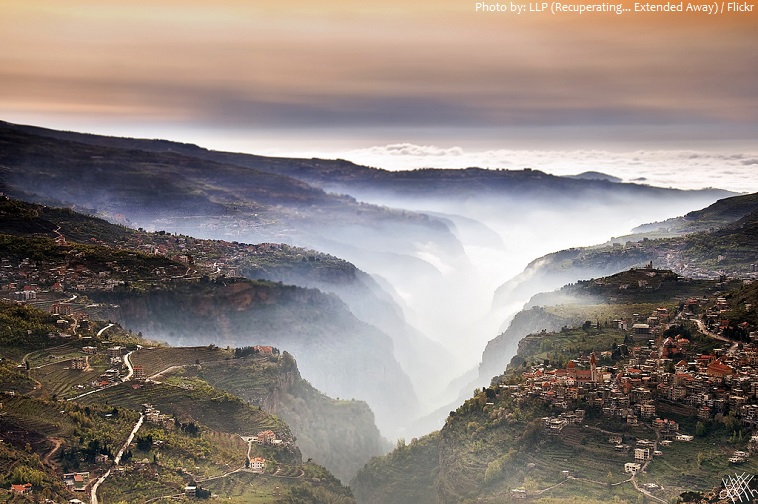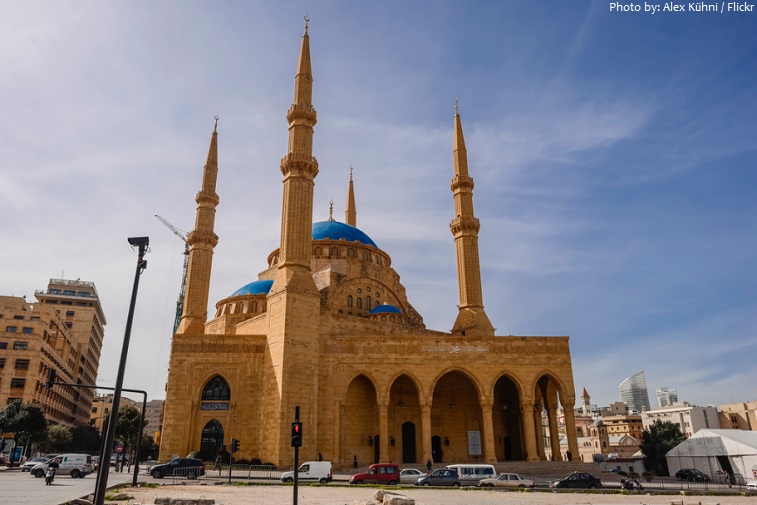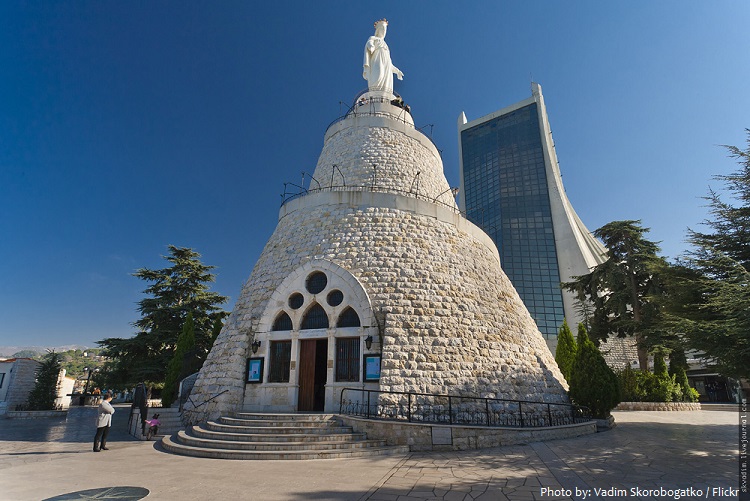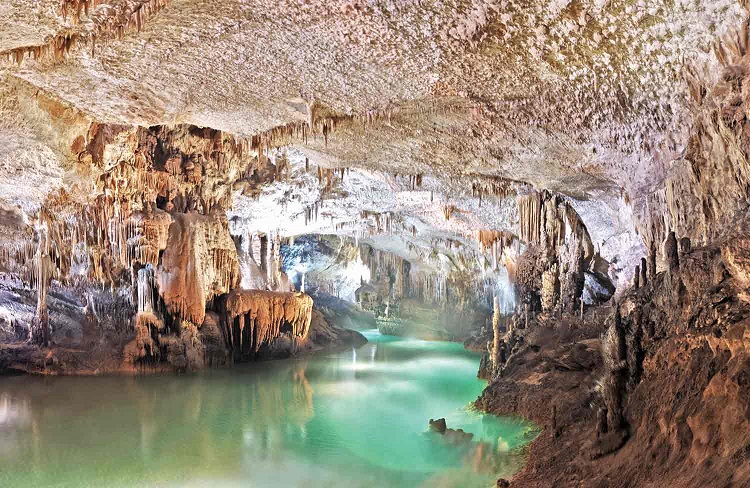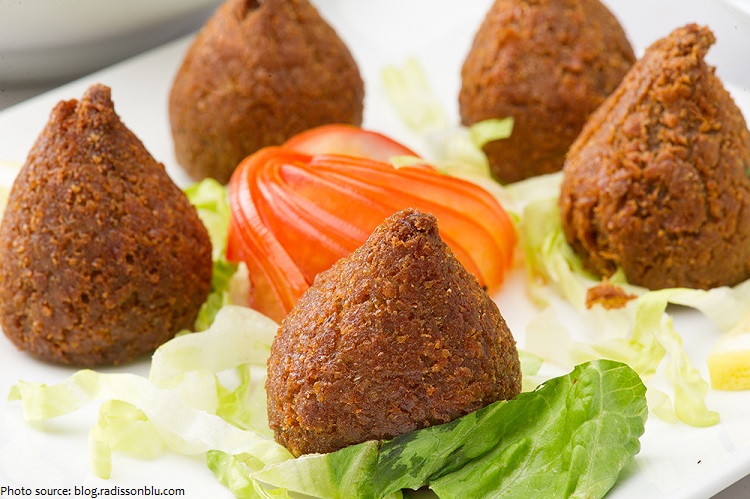Lebanon is a sovereign state in Western Asia.
The official name of the country is the Lebanese Republic.
It is bordered by Syria to the north and east and Israel to the south, while Cyprus is west across the
Mediterranean Sea.
The official language is Arabic.
As of 1 January 2016, the population of Lebanon was estimated to be 6,071,981 people.
At just 10,452 square kilometers (4,036 square miles), it is the smallest recognized country on the entire mainland Asian continent.
Beirut is the capital and largest city of Lebanon. Located on a peninsula at the midpoint of Lebanon’s Mediterranean coast, Beirut is the country’s largest and main seaport. It is one of the oldest cities in the world, inhabited more than 5,000 years ago.
Lebanon is divided into four distinct physiographic regions: the coastal plain, the Lebanon mountain range, the Beqaa valley and the Anti-Lebanon mountains. The Lebanon Mountains, which run parallel to the western coast, cover most of the country, while on the eastern border is the Anti-Lebanon range. Between the two lies the Bekaa Valley, the principal agricultural area.
Qurnat as Sawdā’ is the highest point in Lebanon, at 3,088 meters (10,131 feet) above sea level.
Lebanon has 225 kilometers (140 miles) of coastline.
Lebanon has 22 rivers all of which are non navigable.
In Lebanon, existing protected zones cover 7,818 hectares 19,318 acres of land representing 0.75% of the terrestrial area of the country.
Lebanon has 5 UNESCO world heritage sites.
The ancient city of Baalbek is inarguably Lebanon’s greatest Roman treasure. An architectural pinnacle of empire known to the Romans as Heliopolis, this UNESCO World Heritage site has served as a center of worship for a staggering number of millennia.
The Qadisha valley is one of the most important early Christian monastic settlements in the world. Its monasteries, many of which are of a great age, stand in dramatic positions in a rugged landscape. Nearby are the remains of the great forest of cedars of Lebanon, highly prized in antiquity for the construction of great religious buildings. In 1998, UNESCO added the valley to the list of World Heritage Sites.
The Mohammad Al-Amin Mosque’, also referred to as the Blue Mosque, is a Sunni Muslim mosque located in Beirut. In the 19th century, a zawiya (prayer corner) was built on this site. Decades of preparation to obtain sufficient land adjacent to the old Zawiya led finally to the building of the new mosque. It was inaugurated in 2008.
The Shrine of Our Lady of Lebanon is a Marian shrine and a pilgrimage site in Lebanon. It is one of the most important shrines in the world honoring Mary, Mother of Jesus. The shrine is highlighted by a huge, 15-ton bronze statue. It is 8.5 meters (28 feet) high, and has a diameter of five meters. The Virgin Mary stretches her hands towards Beirut.
The Jeita Grotto is a system of two separate, but interconnected, karstic limestone caves spanning an overall length of nearly 9 kilometres (5.6 miles). Few caverns in the world approach the astounding wealth or the extent of those of Jeita. In these caves and galleries, known to man since Paleolithic times, the action of water has created cathedral-like vaults beneath the wooded hills of Mount Lebanon.
Lebanon gained independence in 1943, establishing a unique political system – confessionalism – a Consociationalism type of power-sharing mechanism based on religious communities. Fighting between Christian and Muslim militias escalated into civil war from 1975 to 1991. Democracy was restored in 1992—allocating government positions based on religion. During the civil war both Israel and Syria sent troops into Lebanon. Israel withdrew its army in 2000, and Syria withdrew its forces in 2005.
The economy of Lebanon is a developing economy, with a private sector that contributes to 75% of aggregate demand and a large banking sector that supports this demand.
The Lebanese national dishes are the kibbe [photo below], a meat pie made from finely minced lamb and burghul (cracked wheat), and the tabbouleh, a salad made from parsley, tomatoes, and burghul.
The national beverage is arak, a strong anise-flavored liquor made from fermented grape juice.
The Striped Hyena is the national animal of Lebanon.
Lebanon is the only country in the Middle East that does not have a desert.
Lebanon is the most religiously diverse country in the Middle East.
The law school of Beirut was the first law school in the world. It was a center for the study of Roman law in classical antiquity. It flourished under the patronage of the Roman emperors and functioned as the Roman Empire’s preeminent center of jurisprudence until its destruction in A.D. 551.
“Ask not what your country can do for you, ask what you can do for your country”. Most people associate this quote to a speech made by US President John Kennedy in 1961. In fact, it came from one of Gibran Khalil Gibran’s books. (Lebanese writer and artist).
Beirut was destroyed and rebuilt 7 times (This is why it’s compared to the phoenix).
